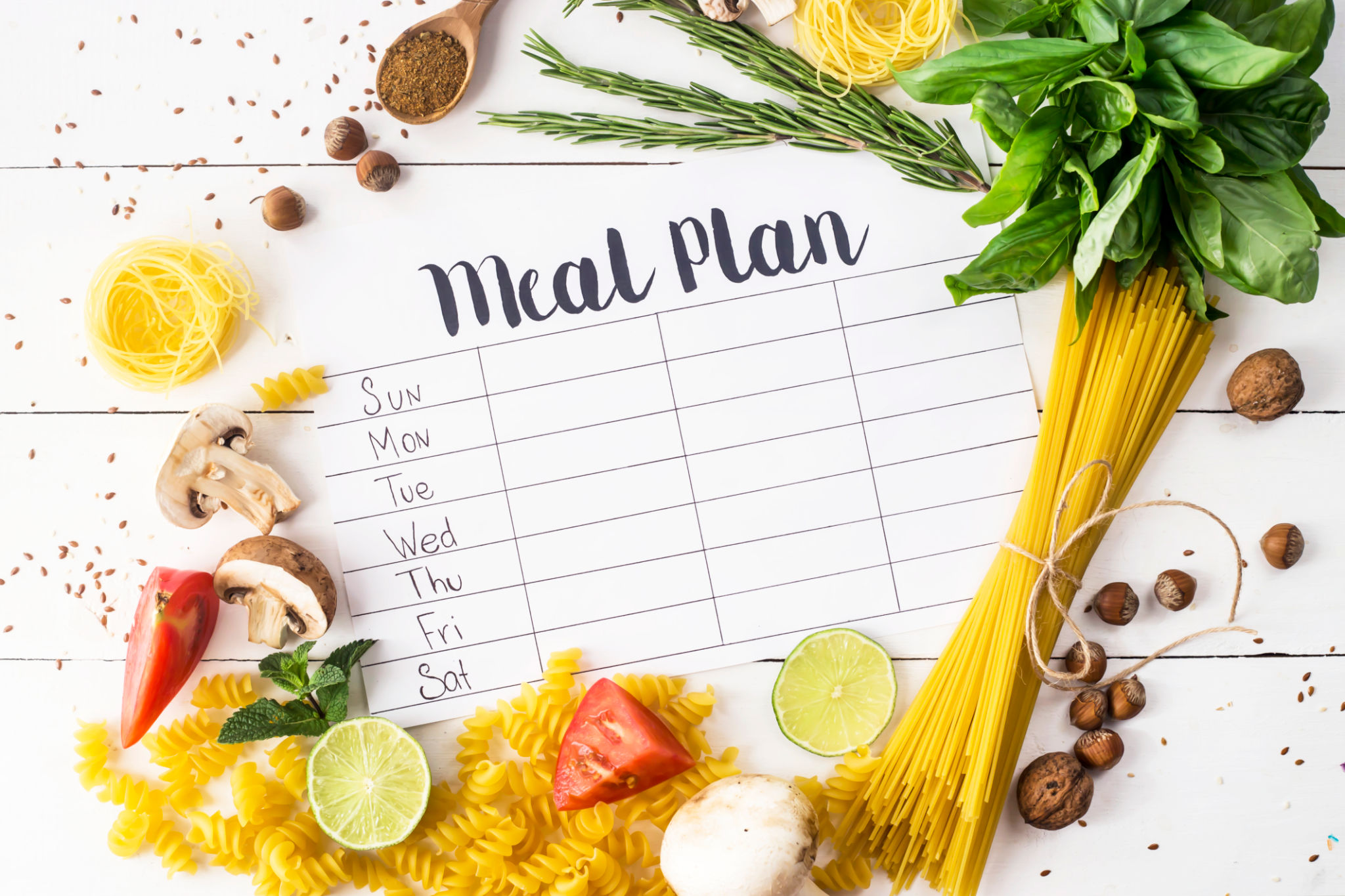Crafting the Perfect Intermittent Fasting Plan for Beginners
Understanding Intermittent Fasting
Intermittent fasting (IF) has gained popularity as a simple and flexible approach to dieting. It involves alternating cycles of eating and fasting, which can help with weight loss, improve metabolic health, and even extend life span. For beginners, crafting the perfect intermittent fasting plan requires understanding the basics and tailoring the approach to fit individual lifestyles.

There are several methods to practice intermittent fasting, each with its own set of rules and benefits. The most common include the 16/8 method, the 5:2 diet, and eat-stop-eat. Choosing the right method depends on personal preferences and daily routines.
Choosing the Right Fasting Method
The 16/8 Method
The 16/8 method, also known as the Leangains protocol, involves fasting for 16 hours a day and restricting eating to an 8-hour window. This could mean skipping breakfast and eating between noon and 8 PM. It's one of the most popular methods due to its simplicity and adaptability.
The 5:2 Diet
In the 5:2 diet, you consume a regular diet for five days a week, while on the other two days, you restrict calories to about 500-600 per day. This approach offers more flexibility in choosing which days to fast and can be easier for beginners to manage.

Benefits of Intermittent Fasting
Intermittent fasting is more than just a weight loss tool. It can lead to improved insulin sensitivity, reduced inflammation, and enhanced brain function. Studies suggest that fasting can also trigger cellular repair processes and gene expression changes related to longevity.
Additionally, intermittent fasting simplifies meal planning, as it reduces the number of meals you need to prepare each day. This can be particularly beneficial for those with busy lifestyles looking to streamline their nutrition.
Creating Your Personalized Fasting Plan
When crafting your personalized intermittent fasting plan, consider your daily schedule, work commitments, and social life. Start with a method that feels achievable and sustainable. It's important not to overcommit initially; instead, ease into fasting by gradually increasing your fasting window.

Listen to Your Body
As you embark on your intermittent fasting journey, pay attention to how your body responds. Some initial hunger or fatigue is normal as your body adapts, but prolonged discomfort may indicate the need for adjustments. Prioritize hydration and nutrient-dense foods during eating periods to support your health and well-being.
Tips for Success
- Stay Hydrated: Drink plenty of water during fasting periods to stay hydrated and curb hunger pangs.
- Plan Meals: Prepare satisfying meals that include a balance of protein, healthy fats, and carbohydrates.
- Stay Consistent: Consistency is key for seeing results; aim to stick with your chosen method for several weeks.
Intermittent fasting can be a powerful tool for improving health and wellness. With the right approach and mindset, beginners can craft a fasting plan that aligns with their goals and lifestyle.